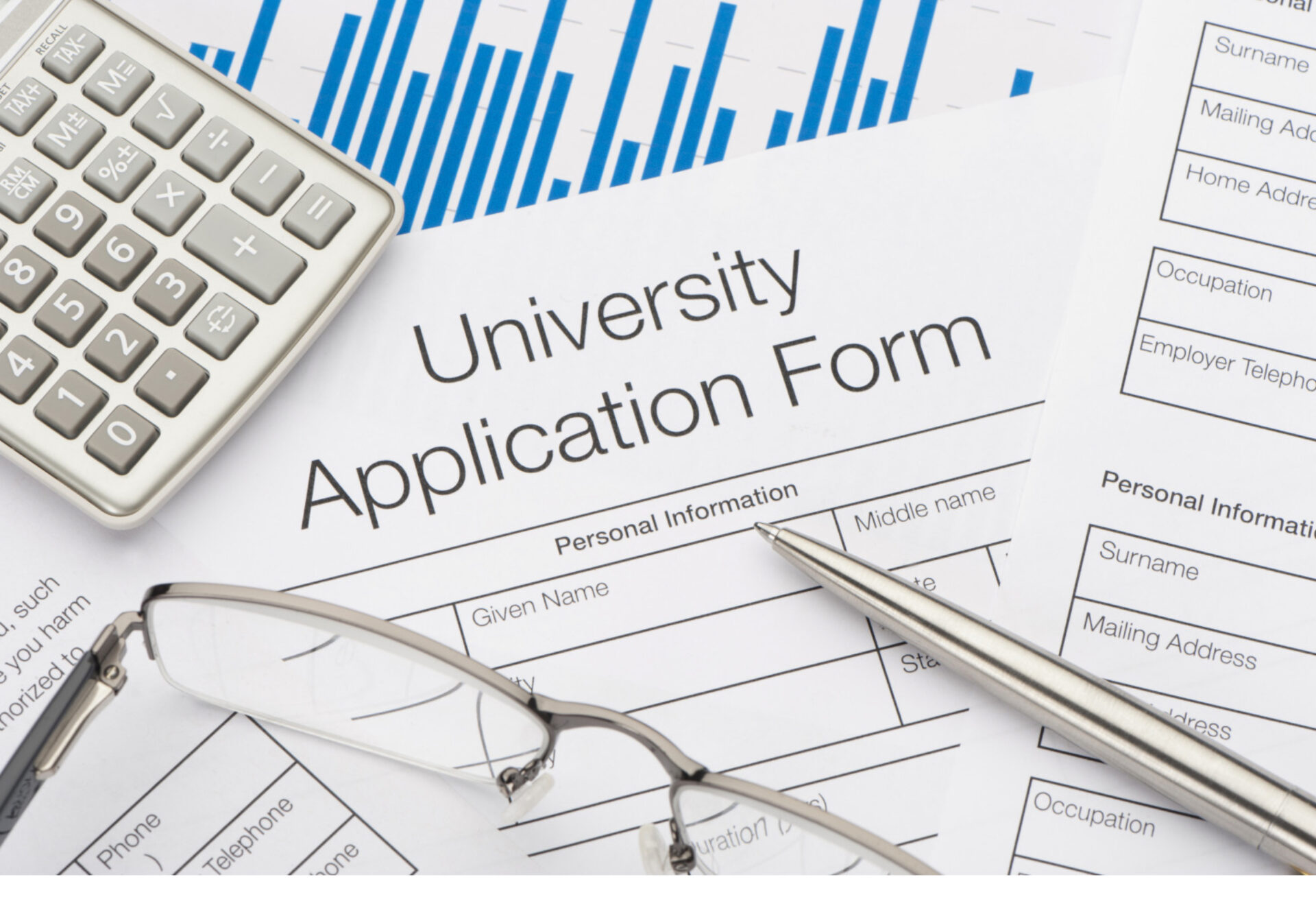I just returned from touring a few of the fine colleges and universities of Eastern Washington and Idaho. As usual, I made a point to look for the best grilled cheese sandwiches and ice cream offerings at each school. In addition, I found out that the University of Idaho’s sororities really are more about community service than social cliques, Washington State University’s campus continues to grow and get more beautiful, and Whitman College’s student body is comprised of nearly 10% international students and has a campus bike shop. A few other pieces of important information:
- Washington State University’s campus is really hilly, especially when it is 90*! It takes close to 30 minutes to saunter from one end to the other, but it is a very pretty walk.
- The University of Idaho participates in the WICHE/WUE tuition relief program (- $13,651) with WA State students. The school also has great grilled cheese sandwiches at Joe’s Cheesy Grill, and bacon is less than a buck extra. However, be warned, the campus and Moscow, in general, is a desert when it comes to good ice cream.
- Whitman College is offering a leadership scholarship (Paul Garrett & Claire Sherwood Scholarship) and is trying to get the word out. If you have the background and evidence to compete for this scholarship… apply soon! Whitman does offer an Early Decision application process.





